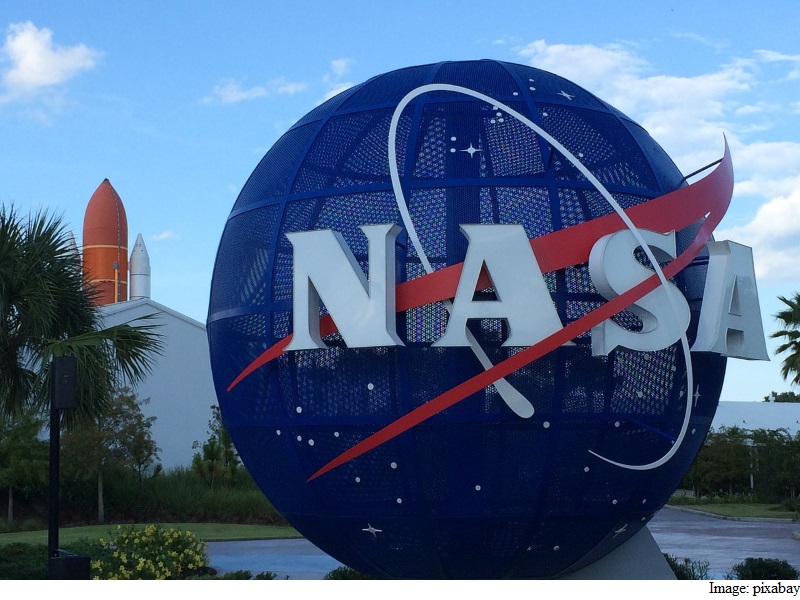
NASA officials confirm 2017 as the second hottest year after the year 1880
In a recent analysis conducted by the NASA officials, the worldwide surface temperature on our planet was the 2nd hottest in the year 2017. The first hottest year ever recorded was 1880. The scientists carried out this research after a report that mentioned the occurrence of the Mini Ice Age within a duration of three decades. It might be hard to accept the fact that our planet could experience a temperature drop after the blazing heat experienced by people all over the planet last year.
A team of scientists from NASA’s Goddard Institute for Space Studies located in New York studied the global temperature of recent years and recorded a 1.62-degree increase in temperature as per the Fahrenheit scale. This was warmer as compared to the overall mean temperature of the years between 1951 and 1980.
Some places were colder than the average but the overall global temperature was still higher in comparison with the past 40 years or so, explained GISS director, Gavin Schmidt. NASA confirmed that the overall temperature of the planet’s surface has seen a rise by 2 degrees in Fahrenheit scale which might not seem much but could have a devastating effect on the natural cycles. Scientists have attributed the global increase in temperature to the unchecked increase in the CO2 levels along with similar emissions via man-made activities into the atmosphere.
On record, the warmest year is 2016 but the temperature rise during this year had a major contribution from the EL Nino which manipulated the temperature in the planet due to higher water temperature in the Pacific Ocean. If El Nino is removed from the consideration, the year 2017 can easily be tagged as the warmest year which is a warning bell for the government to take initiative to control global warming on a global scale. The issue cannot be solved on a local level as the effects of global warming is a result of man-made pollution from the whole planet.


